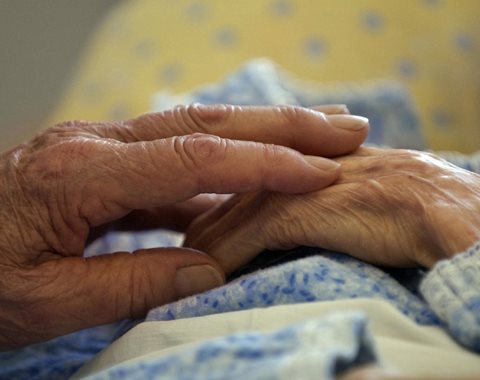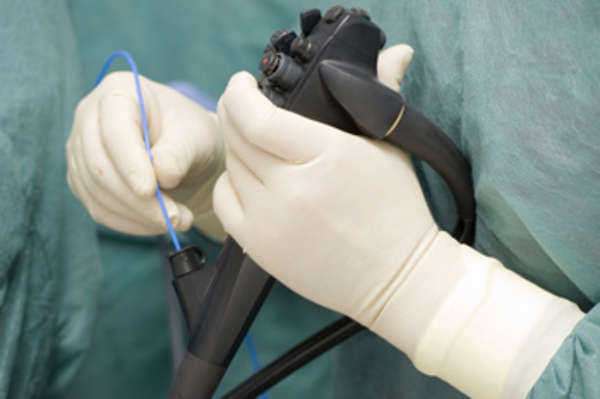Palliative Care Overview

When an individual is suffering from a serious illness, he/she will often experience extensive pain or discomfort. Symptoms may become unmanageable and impinge on an individual’s everyday life. Severe illness often makes it difficult for an individual to take part in activities that he/she once enjoyed. If a patient is suffering from a hospice care
However, there are important differences that distinguish these two forms of medical care. When an individual is diagnosed with a terminal illness, he/she will often seek hospice care in order to obtain palliative treatment. However, hospice care is reserved for individuals that are suffering from fatal illnesses.
It is a form of palliative care that seeks to comfort patients that have a short life expectancy. Generally, individuals that are receiving hospice care are expected to survive for fewer than six months. When palliative treatment is being administered to a patient by a hospice staff, treatment to cure the patient’s illness has already been stopped. At this point, the medical staff is only attempting to ease pain and provide support, not supply a cure.
On the other hand, palliative care may be administered to an individual suffering from any type of illness at any point during the duration of the illness. A patient who is receiving palliative treatment may sustain a relatively minor, but painful illness. In instances such as this, palliative care will be administered to relieve the symptoms a patient is experiencing. While hospice care is reserved for the final stages of an individual’s life, palliative care may be administered at any point after an initial diagnosis. This type of treatment usually occurs in conjunction with other treatments that are intended to cure a patient.
Palliative care may involve a wide range of different treatment techniques. Physicians may provide patients with painkillers in order to reduce discomfort. Surgery may be utilized, too, in order to supply relief by correcting internal errors, such as removing blockages. Chemotherapy and radiotherapy may assist in diminishing the size of tumors, which may decrease the severity of symptoms; for example, after these types of procedures, a patient may experience relief from nausea.
Biological therapy and hormone therapy may have similar results. Although these procedures are not intended to cure an individual’s illness, they may be effective in providing him/her with relief and comfort.


















